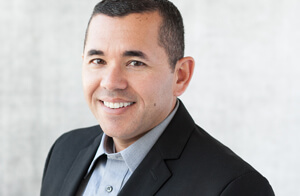Using the Latino Political Clout to Make a Mark on Nonprofit Boards
It’s time to reinforce the message Latinos sent during the 2012 elections: we are a power and force to be reckoned with! While momentum was gained during the election, I would say that some of the energy has been lost. But what has not gone away is the number and impact that Latinos have on all markets and sectors that operate in the country.
However, despite our major contribution to the economy, the 2012 Corporate Inclusion Index by the Hispanic Association on Corporate Responsibility (HACR) reports that Latinos make up less than 5% of board seats among participating companies. Unfortunately, the news is the same for nonprofits. A national survey on nonprofit governance in the U.S. by the Urban Institute indicates that 86 percent of board members are white (non-Latino); 7 percent are African American or black; and a mere 3.5 percent are Latino. While this data is not surprising, it does raise a troubling question for me: Who is ensuring that the Latino viewpoint is included in the nonprofit sector?
Of course there are several large advocacy and civil rights organizations that get the governance mix right, but there are far too many that continue to miss the mark! With immigration reform front and center in the news, you have to consider the role of nonprofits in this debate. The reality is that nonprofits are usually the ones organizing, advocating for, and working with those who are most directly affected by these and other reforms.
At the same time, many of these same organizations fail to have equitable representation of Latinos (and others) on their own boards. The numbers in the Urban Institute report indicate this, but in my experience those numbers may actually underestimate the disparity. During my career I have been in countless board meetings, and often Latinos (or other ethnic minorities, for that matter) are conspicuously absent. Even in my home state of California where Latinos represent 38 percent of the population, seeing them on a nonprofit or foundation board is a rarity. Change is needed!
There is no easy remedy for this and no quick fixes that will change the culture of nonprofit boards and who they appoint. While I expect that boards want to increase diversity, I also think they fail because they continue to rely on traditional approaches to nominating and recruiting new board members. If a change is to happen and the community is to be better represented through more Latino participation, we have to work a lot harder and think more creatively. This means boards need to find new ways of reaching out, broadening their networks, and expanding their vision of board service. The sector needs to become more adept at identifying, developing, and including qualified Latinos (yes, we are out there), and we as the Latino community need to raise our voices, share our thoughts and opinions, and actively engage in our communities so we make our way onto these boards.


Comment section